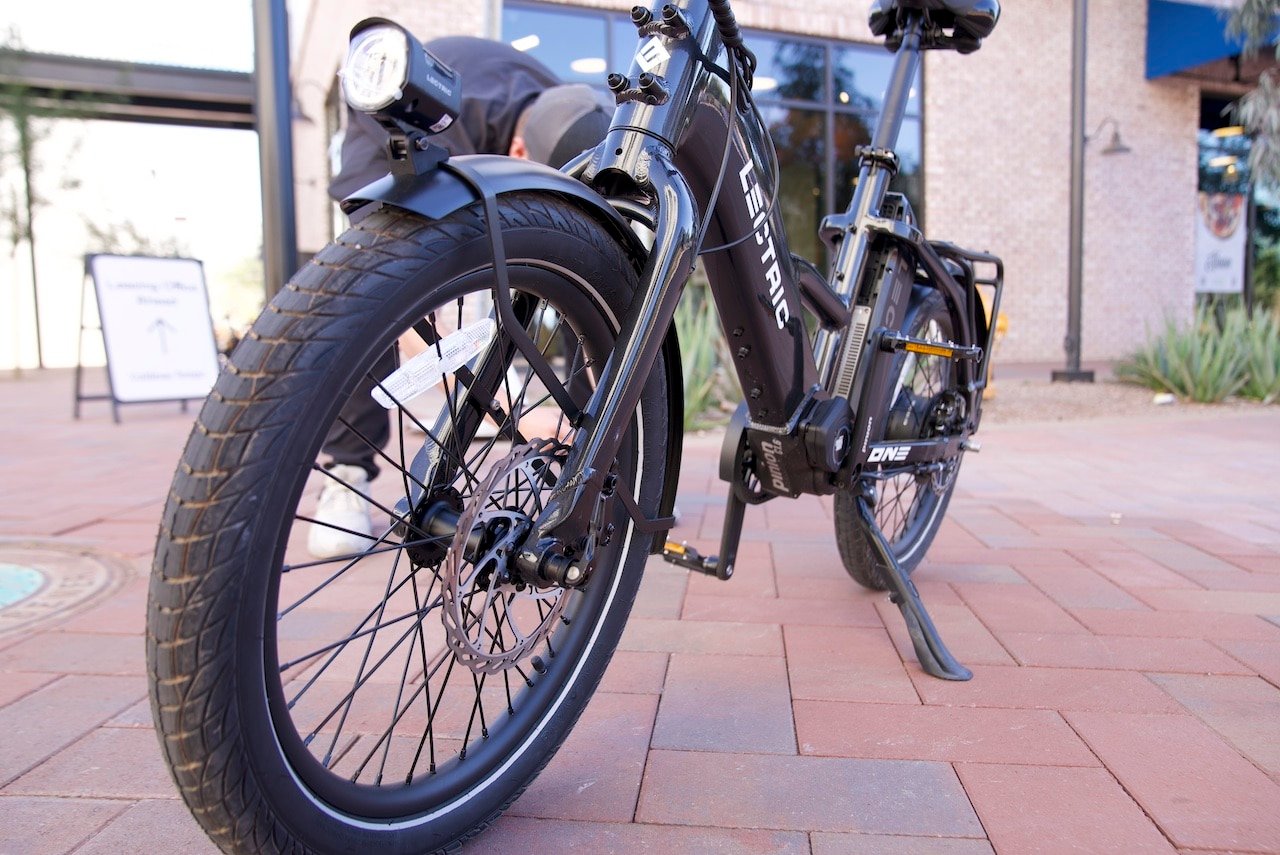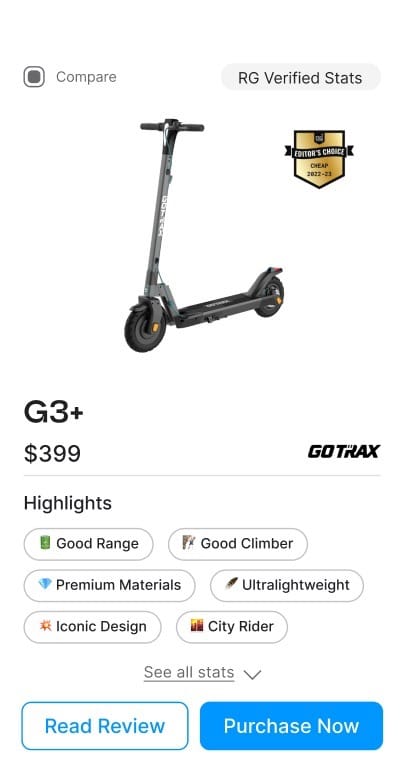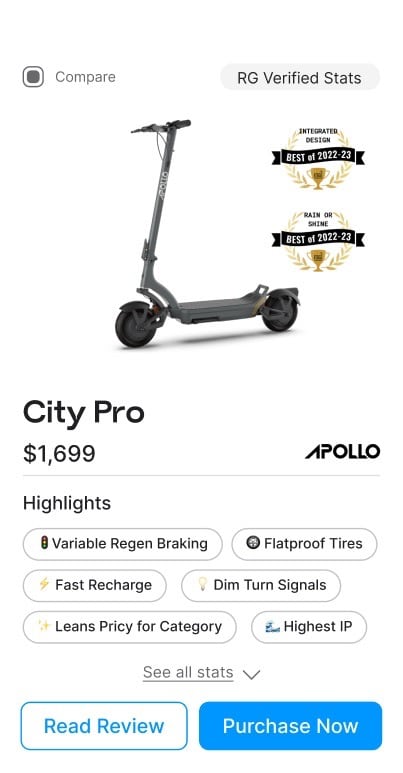Torque Sensor vs. Cadence Sensor Ebikes: What's the Difference?

Electric bikes are a healthy, economical, and environmentally-friendly way to commute and explore city streets or off-road trails, and they come in all kinds of flavors, with different kinds of technology and components.
One key feature that differentiates ebikes is the type of pedal assist sensor (PAS) used to help the rider. PAS is the motor control system that responds to the rider’s pedaling, while the throttle controls the motor independently of the pedals.
In this article, we’ll explore the differences between different pedal assist electric bikes: a cadence sensor and torque sensor ebike. We’ll look at how each one works, their benefits and drawbacks, and some factors to consider when choosing the right sensor for your riding style.
Understanding Cadence Sensors in Ebikes

Cadence sensors detect the rotation of the pedals, measuring RPM, and regulate the motor assistance based on your pedaling speed.
The faster you pedal, the more assistance the motor provides.
Cadence sensors are usually integrated into the crankset or rear wheel hub of the bike.
One of the benefits of cadence sensors is their simplicity. Since they only measure the speed of pedal rotation, they are less complex and more affordable than torque sensors. This makes them a popular choice for entry-level electric bikes.
However, it’s important to note that cadence sensors do not directly measure the force applied to the pedals. This can result in a less natural pedal assist, especially when starting from a standstill or climbing steep inclines.
Riders may find themselves having to adjust their pedaling technique to maintain optimal motor assistance.
No Matter the Bike or the Rider a Cadence Sensor Just Works
Another positive aspect of cadence sensors is their compatibility with various types of ebikes. Whether you have a city commuter bike, a mountain ebike, or a folding electric bike, cadence sensors can be seamlessly integrated into different designs. This versatility makes them a versatile choice for manufacturers looking to cater to a wide range of riders.
By providing assistance based on your pedaling speed, cadence sensors help you maintain a consistent speed, which can improve your endurance and reduce fatigue during long rides. This feature is particularly beneficial for riders looking to cover longer distances without overexerting themselves.

One of the main advantages of cadence sensors their affordability. Manufacturers use them because they're simpler and easier to mount, making them a cost-effective choice for less expensive bikes and budget-conscious riders.
Cadence sensors can also be advantageous for riders who want a consistent level of assistance regardless of pedal force. This can be especially helpful during longer rides or when fatigue sets in.
Cadence sensors have their limitations. They do not provide the same level of responsiveness and control as torque sensors, especially during sudden changes in pedaling force or when riding in challenging terrain with lots of climbing and descending.
Torque Sensor Technology Explained
Now, let’s delve into torque sensors. A torque sensor measures the force applied by the rider on the pedals and translates it into responsive motor assistance.
As you pedal harder, the sensor detects the increase in force and provides more power assistance. This means that the motor will match your effort, making the ride feel more natural and intuitive with a torque sensor ebike.
 One of the advantages of torque sensors is their ability to provide a seamless riding experience.
One of the advantages of torque sensors is their ability to provide a seamless riding experience.With a torque sensor electric bike, the motor assistance feels proportional to your effort, allowing for a smooth acceleration and deceleration.
You'll have a greater sense of control as the bike responds to both your pedaling technique and cadence.
Pros and Cons of a Torque Sensor Ebike
By measuring the force applied to the pedals, torque sensors ensure that the motor assistance perfectly complements your effort, resulting in a ride that feels incredibly smooth and connected. This level of responsiveness can make uphill climbs feel more manageable and much more fun, as the motor assistance kicks in precisely when you need it most.
Torque sensors play a crucial role in extending the battery life and range of your ebike. By delivering power assistance only when necessary, torque sensors help optimize energy consumption, allowing you to go on longer rides.
One notable downside is the higher cost associated with this advanced technology. The intricate components and precise mechanisms involved in measuring force make torque sensors more expensive. This is not always true, however, and some direct-to-consumer manufacturers like Velotric are making high-quality torque sensor ebikes at budget prices.
Some riders may find the responsiveness of torque sensors to be overwhelming, especially if they are new to electric bikes. The immediate power delivery based on pedal force can create a learning curve for beginners, requiring them to adjust their riding style to fully harness the benefits of torque sensors.
While this responsiveness is highly valued by experienced riders seeking a dynamic and interactive riding experience, it can pose a challenge for those transitioning from traditional bicycles to ebikes equipped with torque sensors. Beginners and adults over 50 often prefer to ride cadence sensor ebikes.

Choosing the Right Sensor for Your Riding Style
When selecting an ebike with either a torque sensor or a cadence sensor, it’s essential to consider that the kind of pedal assist you need depends on your needs as a rider. If you prioritize a more natural riding experience and finer control over the motor assistance, a torque sensor-equipped ebike may be the better option, especially if you’re an experienced rider.
On the other hand, if you’re a beginner looking for an affordable ebike, or you prefer a consistent level of assistance without focusing too much on pedal force, a cadence sensor-equipped ebike could be the best option.
It’s also worth noting that some ebike manufacturers offer hybrid systems that combine torque and cadence sensors. These systems aim to provide the benefits of both sensors, offering a compromise between responsiveness and simplicity. They can be a good option for riders who want a versatile riding experience.
Ultimately, the choice between torque sensors and cadence sensors in ebikes comes down to personal preference and riding style. By understanding the technology and benefits of each sensor type, you can make an informed decision.







